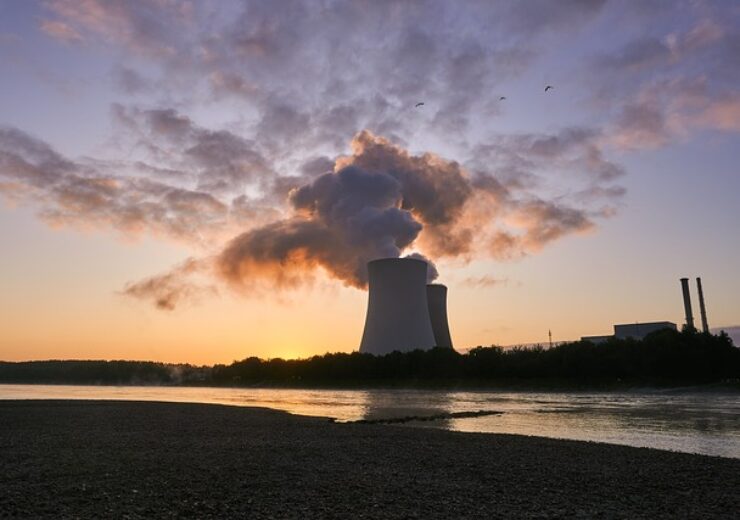Sri Lanka has been considering a nuclear-powered future. A mission from the IAEA says the industry now needs to give legislators the tools they need to take decisions

Sri Lanka has been mulling a nuclear-powered future. (Credit: Markus Distelrath from Pixabay)
In essence, the requirements for a nuclear programme are quite easy to define. It has to fit with the country’s energy strategy, so there has to be a need, now or in the future, for the power to be generated by the plant. The local and national grid operator has to be able to transport and manage the power generated. This is not an inconsiderable issue if a multi-gigawatt nuclear site is included in a system where other capacity is an order of magnitude smaller – the so-called ‘response’ In this respect, small modular reactors, may present less of an integration challenge. Secondly, a strong legal framework is required, both for construction, ownership and liability around the plant itself and around the funding and power offtake arrangements. These legal frameworks come under particular scrutiny given a nuclear project’s large size and long lifetime. Thirdly a pipeline of human resources has to be secured, not just for the plant construction and operation but for all the skills in associated activities (including the strategy, finance and legal required as above).
But even planning and building these teams is not enough, as the IAEA’s reviews of countries seeking to enter the nuclear industry illustrate. The industry can convince itself that nuclear is the right answer for a national energy strategy. Legislators need something more.
The IAEA’s Mission Report from Sri Lanka on the Integrated Nuclear Infrastructure Review (INIR) illustrated this issue perfectly.
Electricity demand from Sri Lanka’s over 20 million people is increasing by up to 5% annually. In 2020 installed power generating capacity was 4560 MW and its current energy policy is to achieve carbon neutrality in electricity by 2050, with the percentage of renewables increasing to 70% by 2030. Nuclear power was recognised in the Ceylon Electricity Board’s (CEB) Long-Term Generation and Expansion Plan 2022–2041 as one of the scenarios to help achieve carbon neutrality. In 2010, approval was granted for a pre-feasibility study and in 2019, Sri Lanka established a Nuclear Energy Programme Implementing Organization (NEPIO) under the Ministry of Power.
The INIR assessment, to the Sri Lanka Atomic Energy Board, on behalf of the Ministry of Power of the Democratic Socialist Republic of Sri Lanka, was delayed by Covid and completed in 2022. It had some advice on filling gaps in reviews and reports, substantiating work and picking up on weaker points.
Beyond the IAEA’s recommendations, which included setting up an independent nuclear regulator, developing programmes to staff a nuclear industry and a stakeholder engagement strategy, and considering how nuclear power infrastructure would be applied in the Sri Lankan context.
It said these were necessary for the next stage of realising a programme: “The government’s decision to commit to a nuclear power programme is not necessary to complete this work, rather the work is required to inform the decision”.
But the report’s overarching advice was to turn the large body of work into a plan of action that could be used by legislators. It called for oversight of the Project Management Unit and a Steering Committee within the NEPIO to be strengthened, to ensure not just that studies are comprehensive but that they are “completed with clear and consistent conclusions that are shared with all key stakeholders, to support the decision-making process.”
It said: “The comprehensive report prepared by the NEPIO needs to define a strategy for the nuclear power programme based on the conclusions of the studies performed.
“The report should include the rationale for developing nuclear power based on the national energy policy; a description of the benefits of nuclear power (environmental, energy security, macroeconomics); a roadmap that provides a timeline for implementation of key steps of the programme; the identification of technologies that are consistent with national circumstances regarding financing and grid capability; plans and funding requirements for the next phase of the programme; and a summary of the key conclusions and recommendations.”
Although it is hoped the ultimate outcome of the NEPIO will be a new nuclear project, to achieve that aim its first outcome must be tools for legislators.
This article first appeared in Nuclear Engineering International magazine.
